As water scarcity becomes a reality for more regions across the U.S., homebuilders are adapting with smart, conservation-focused designs. These aren’t just eco-conscious upgrades—they’re practical responses to rising costs, stricter regulations, and unpredictable climates. From built-in rain capture systems to drought-tolerant landscaping, modern homes are quietly being engineered to use less water without sacrificing comfort. Here are 13 surprising (and strategic) features popping up in homes built for a drier future.
1. Greywater Recycling Systems
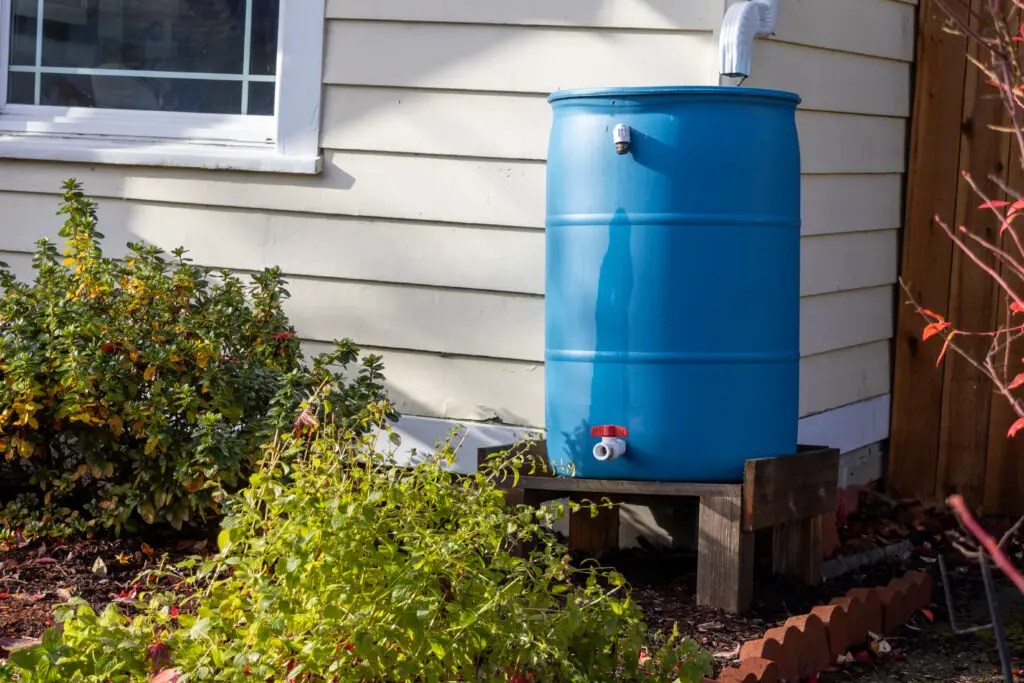
Greywater systems capture and reuse lightly used water from sinks, showers, and washing machines. According to the EPA, recycling this water for landscape irrigation or toilet flushing can reduce household water usage by up to 30%. These systems are becoming more common in drought-prone areas like Arizona and California, where water conservation is heavily incentivized. Builders are now integrating greywater plumbing as a standard part of sustainable home design.
Homeowners benefit by cutting down both water bills and their reliance on municipal sources. Many systems are automated, filtering greywater before redirecting it outdoors. Over time, they pay for themselves through utility savings. As codes evolve, expect greywater setups to move from niche to normal.
2. Rainwater Harvesting Barrels and Cisterns
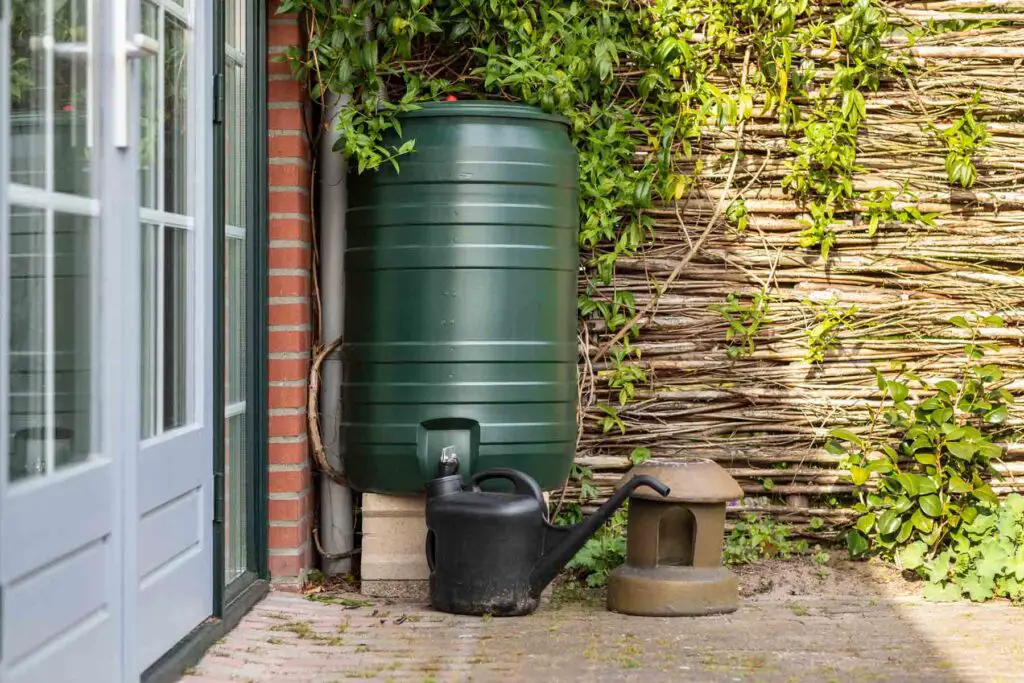
Rain catchment systems are an old idea with a new twist. The New York Times notes that modern homes in the Southwest increasingly include underground cisterns or sleek above-ground barrels that collect and store roof runoff. This water can be used for gardens, outdoor cleaning, or—in advanced systems—filtered for indoor use. It reduces strain on local aquifers and helps homeowners stay self-reliant during dry spells.
In many municipalities, incentives or rebates are available for installing rainwater harvesting gear. Builders are now incorporating sloped roofs, pre-installed gutters, and storage tanks right into home plans. Even modest systems can collect hundreds of gallons per storm. It’s passive conservation that starts paying off with the first rain.
3. Low-Flow Fixtures with Smart Sensors
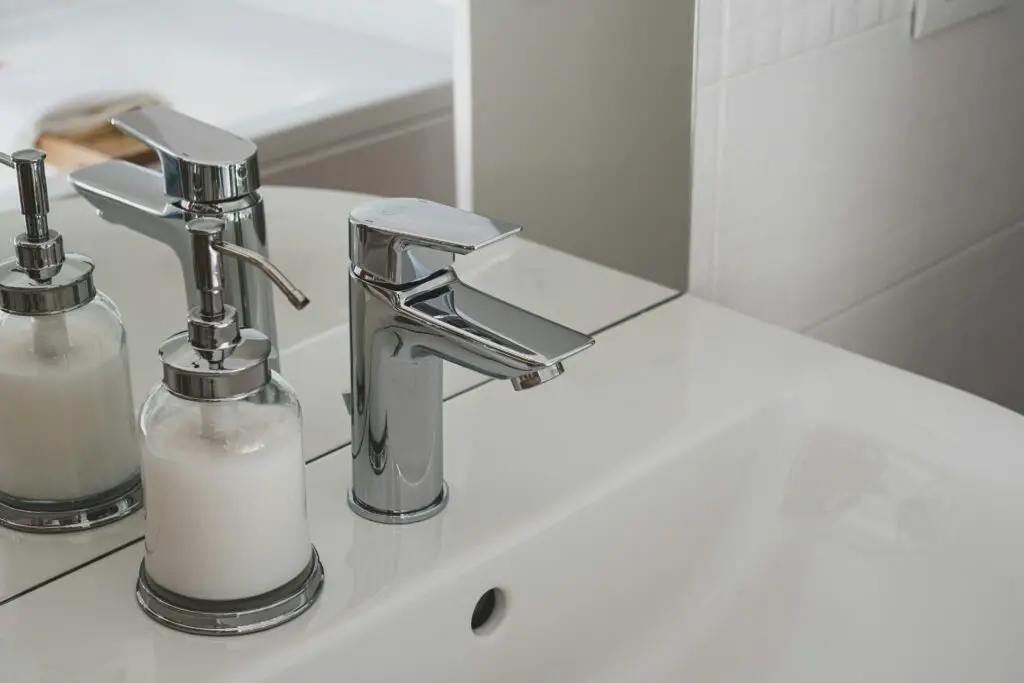
Smart faucets and showerheads are being equipped with sensors that shut off automatically or adjust flow based on hand proximity and timing. Forbes reports that these systems can cut water use by 40% compared to standard fixtures. They’re especially helpful in households with kids or high-traffic bathrooms, where faucets are often left running. Some even sync with home apps to track usage over time.
This isn’t just about saving water—it’s about creating awareness. When homeowners see real-time data on their usage, habits start to change. The fixtures are stylish, efficient, and surprisingly affordable as demand grows. They’re fast becoming the new standard for green construction.
4. Drought-Tolerant Landscaping

Ditching the lawn isn’t just a stylistic choice anymore—it’s a strategic one. HGTV notes that drought-tolerant yards are now a key selling point in Western and Southern states, where water restrictions are becoming the norm. These landscapes use native plants, gravel, mulch, and drip irrigation to stay green with minimal input. Builders are designing entire neighborhoods with zero-lawn front yards.
Drought-tolerant landscaping also reduces maintenance time and eliminates the need for fertilizers or mowing. Homeowners can still enjoy vibrant, colorful gardens—with plants that actually thrive in the local climate. As climate zones shift, these yards are outperforming traditional turf in both looks and function. It’s a smarter kind of curb appeal.
5. Leak-Detection Systems with Automatic Shutoff
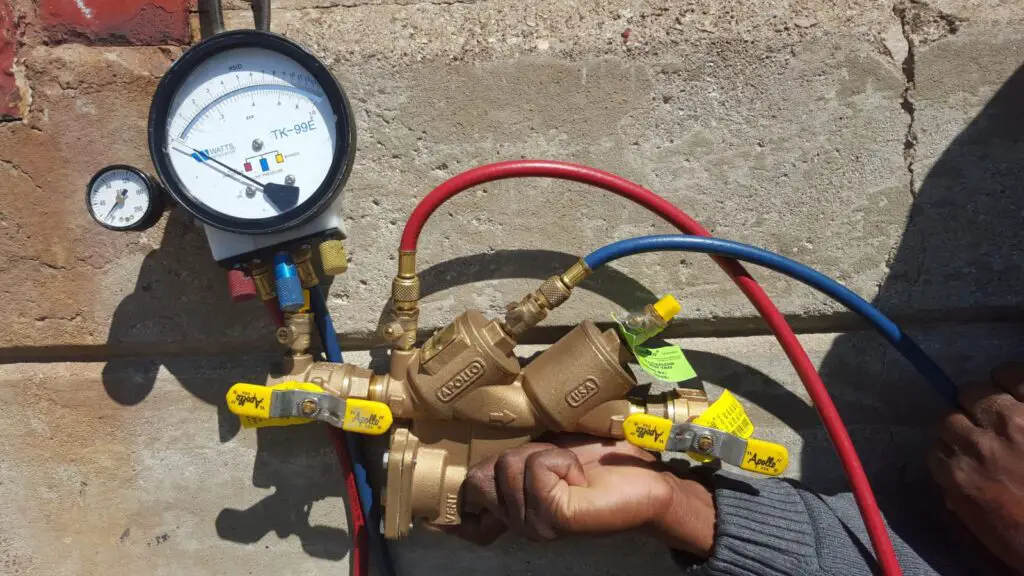
Modern homes are being wired with leak-detection sensors that monitor plumbing lines and appliances for unexpected water flow. These devices can alert homeowners via smartphone and even shut off the water supply automatically to prevent damage. It’s a major upgrade from traditional drip pans and occasional checks. Some builders now include them in high-efficiency home packages.
Beyond saving water, these systems help avoid costly flood repairs and insurance claims. They’re often placed near water heaters, dishwashers, and under sinks—anywhere a leak could go unnoticed. As smart tech becomes more mainstream, water-saving tools like this are moving from luxury to essential. They’re tiny devices with huge savings potential.
6. Dual-Flush Toilets
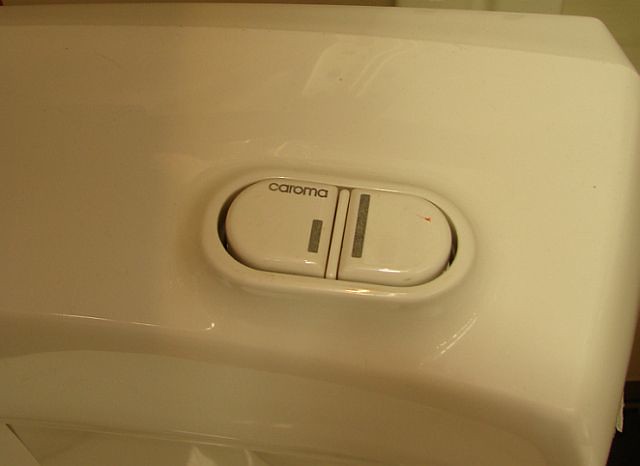
Dual-flush toilets give users a choice between a low-flow and standard-flush option, helping conserve water with every use. They’ve become common in new builds, especially in areas with building codes that emphasize efficiency. Homeowners don’t sacrifice performance—just excess waste. It’s one of the easiest ways to make a long-term dent in daily water use.
Builders often pair dual-flush toilets with pressure-assisted tanks for extra effectiveness. These systems are durable, easy to maintain, and save thousands of gallons per year. As water bills climb, this small swap offers big returns. It’s a simple feature that speaks volumes to savvy buyers.
7. Drip Irrigation Systems
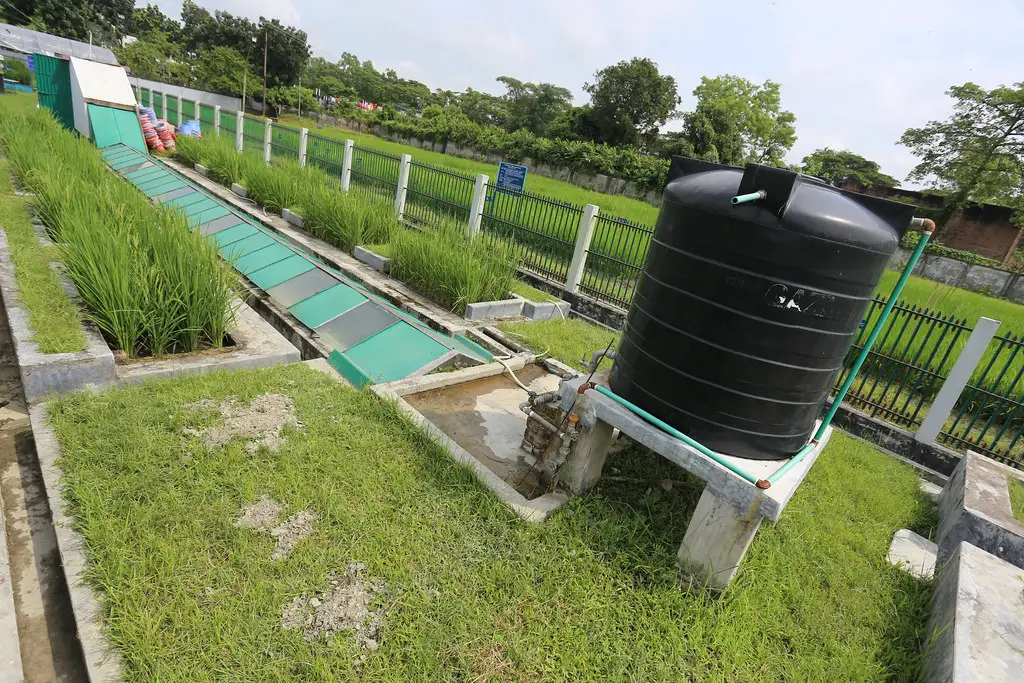
Drip irrigation delivers water directly to plant roots, reducing evaporation and runoff. More efficient than sprinklers, it’s being built into gardens and yards from day one in many new homes. Lines are often hidden beneath mulch or soil, keeping things tidy and low-maintenance. It also reduces weed growth by targeting only where water is needed.
Unlike traditional sprinkler setups, drip systems don’t waste water on sidewalks or driveways. Smart timers can be added to sync watering with weather conditions. The result is healthier plants and smaller water bills. It’s efficient, unobtrusive, and increasingly expected.
8. Permeable Paving
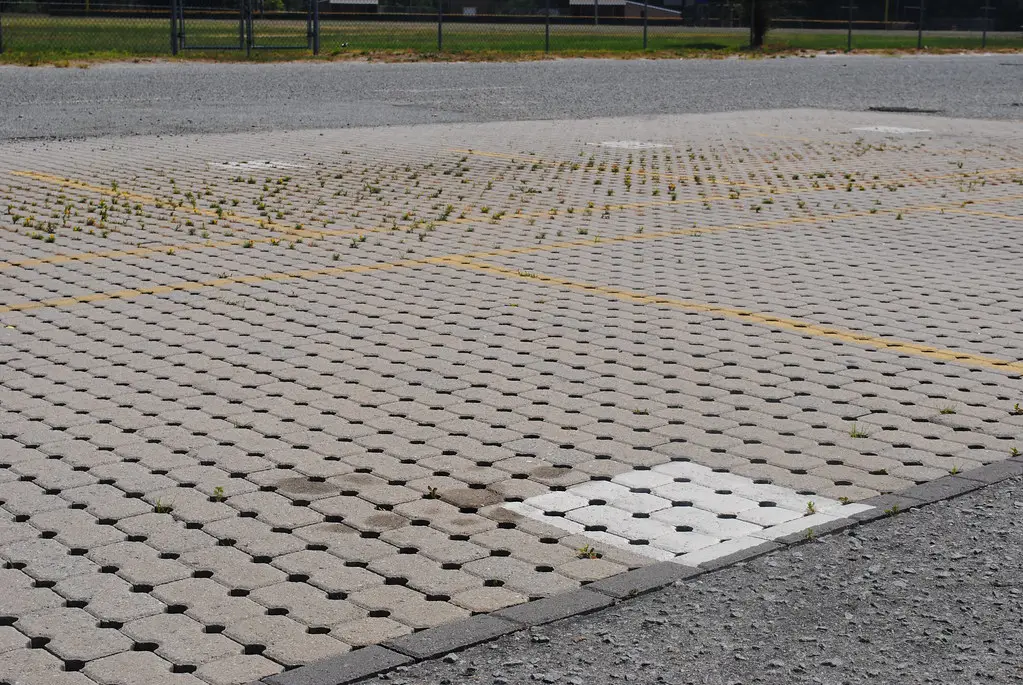
Permeable pavers allow water to soak into the ground rather than running off into storm drains. These surfaces are made from porous concrete, paver grids, or gravel-filled systems that support vehicle traffic while aiding groundwater recharge. Builders are using them in driveways, patios, and walkways to prevent water loss. They also reduce flooding during heavy storms.
Permeable paving adds a modern, textured look to home exteriors. Unlike concrete slabs, these materials let the soil breathe and water filter through naturally. It’s a dual-purpose feature—part eco solution, part design upgrade. And as water runoff restrictions tighten, it may soon become required in some regions.
9. On-Demand Hot Water Circulation Pumps
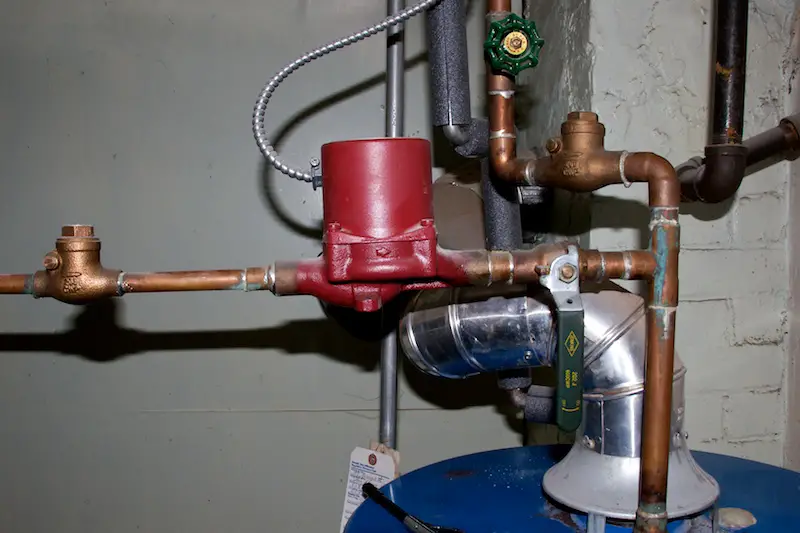
Traditional plumbing sends cold water down the drain while homeowners wait for the hot water to arrive. On-demand circulation pumps eliminate that waste by sending unused water back to the tank or recirculating it through the system. These compact pumps are being included in new high-efficiency homes to save both water and energy. They’re quiet, fast, and highly effective.
Installers typically place them near the farthest fixture from the heater. This reduces wait time, improves convenience, and prevents gallons from being wasted daily. It’s a small upgrade that solves a common annoyance. In dry states, it’s quickly becoming standard practice.
10. Native Plant Rooftop Gardens
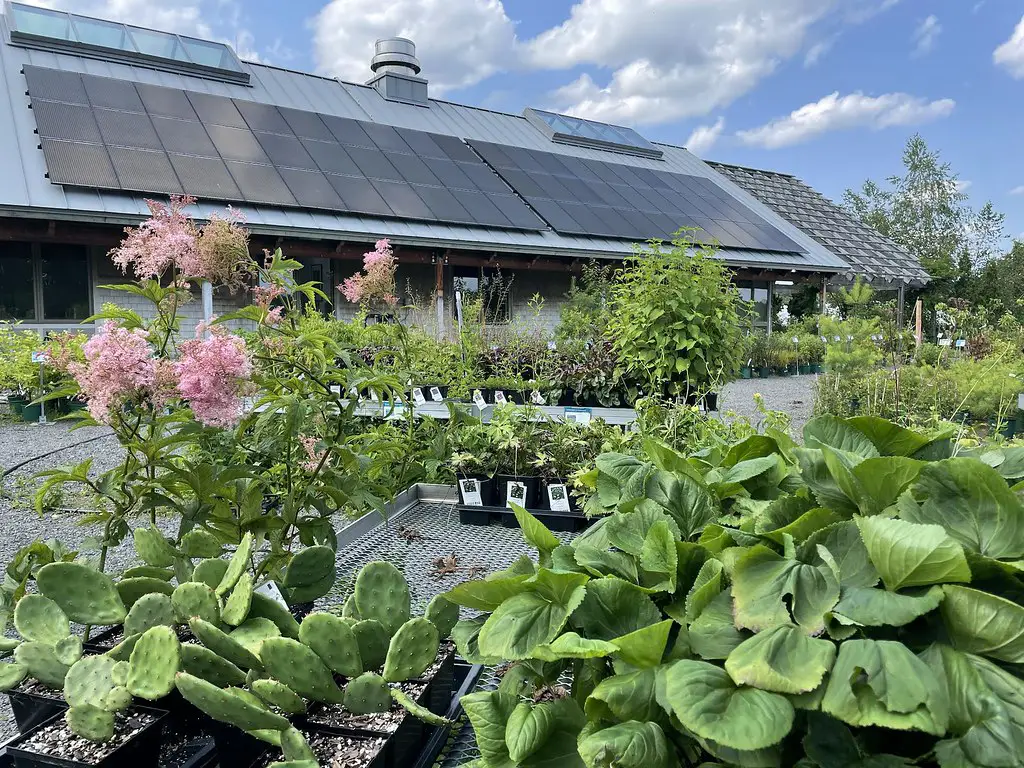
Green roofs planted with native, drought-tolerant vegetation help homes retain moisture while reducing heating and cooling loads. These living rooftops absorb rainwater, provide insulation, and reduce runoff. Builders in eco-focused developments are now incorporating them into flat or low-slope roofs. They’re beautiful, functional, and water-smart.
Native rooftop plants require minimal irrigation and support local ecosystems. They also provide a buffer against extreme temperatures. In urban areas, they improve air quality and reduce the heat island effect. For forward-thinking homeowners, they’re a garden and utility feature in one.
11. Water-Efficient Appliances

Modern dishwashers and washing machines now come with water-saver certifications that dramatically reduce usage without sacrificing performance. Builders are choosing these models for energy-efficient homes to meet new green standards. Many can sense load size and adjust water volume automatically. It’s conservation with no tradeoff.
These appliances often use half the water of older models while delivering superior results. Some are even Wi-Fi-enabled for better monitoring. Homebuyers increasingly expect high-efficiency units as a baseline. Saving water while doing laundry or dishes has never been easier.
12. Smart Irrigation Controllers
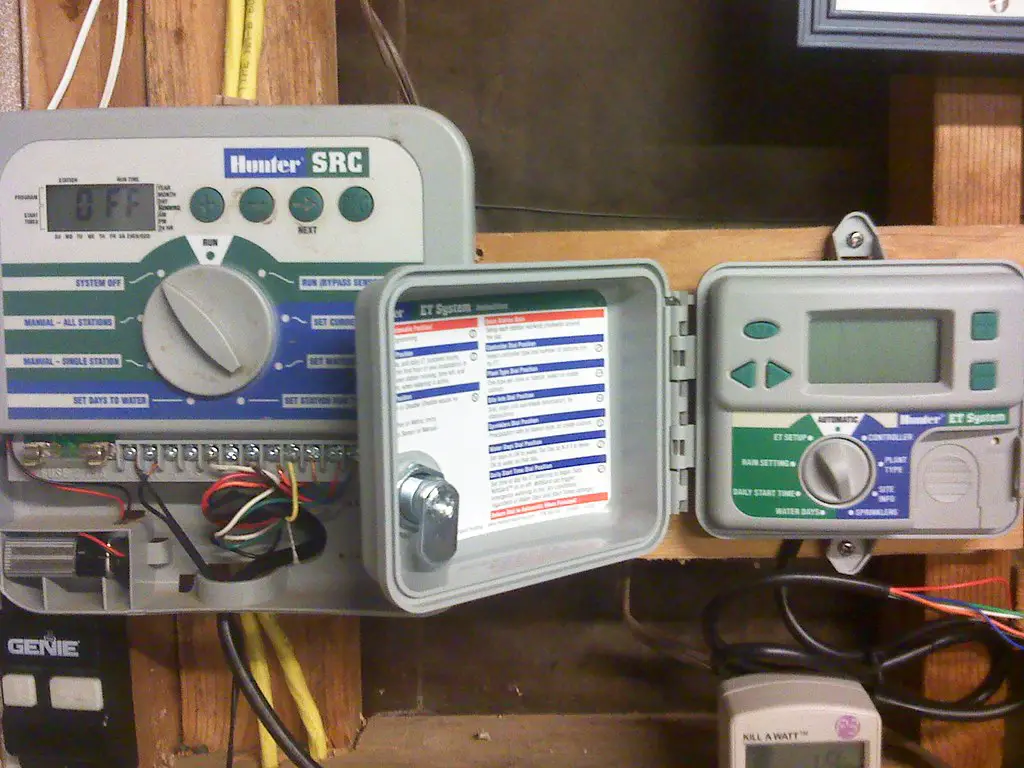
Smart irrigation systems connect to Wi-Fi and local weather data to adjust watering schedules based on rainfall, temperature, and soil moisture. They eliminate overwatering and prevent irrigation during rainstorms. Some even learn a landscape’s unique patterns over time. They’re user-friendly and cost-effective over the long term.
Builders are offering them as part of whole-yard automation packages. With just a phone tap, homeowners can tweak watering schedules, track usage, or shut systems off remotely. It’s not just smarter—it’s proactive. And as water restrictions tighten, it offers peace of mind and compliance.
13. Water-Stingy Turf Alternatives
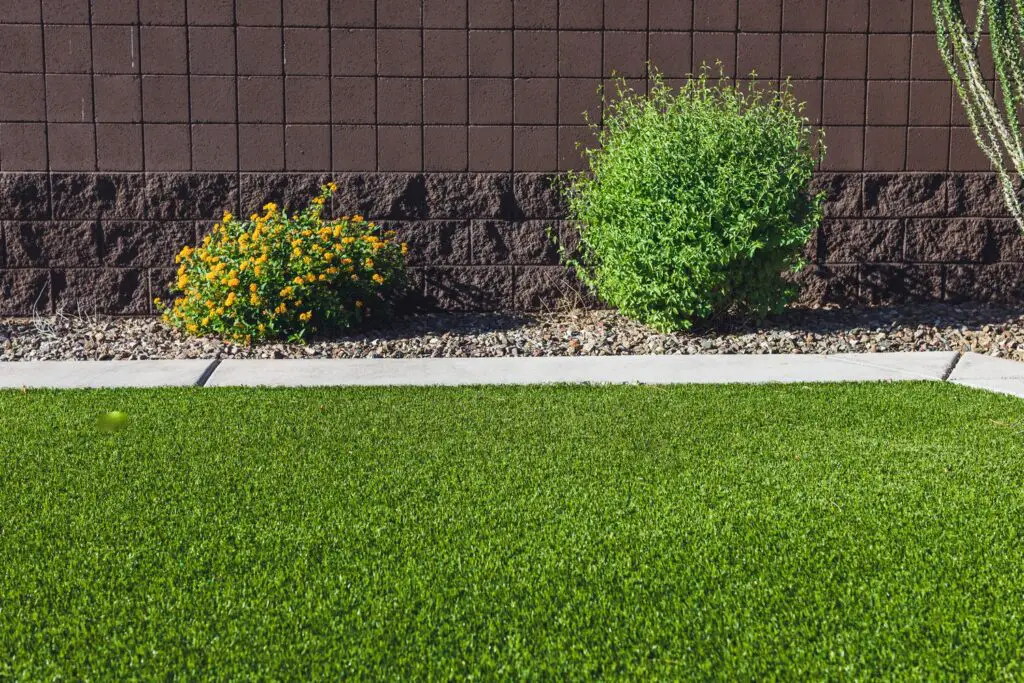
Instead of traditional lawns, some homes are being built with synthetic turf, clover blends, or drought-tolerant groundcovers like creeping thyme. These choices require no or minimal irrigation while still providing greenery. The visual effect is lush—but the water savings are substantial. It’s a landscaping trend that’s catching on fast.
These alternatives also reduce fertilizer and pesticide use. With many HOAs relaxing lawn rules due to climate concerns, it’s becoming easier to ditch the grass. And for homeowners looking to blend style and sustainability, it’s a low-maintenance win. In tomorrow’s homes, turf is out—and smart groundcovers are in.
